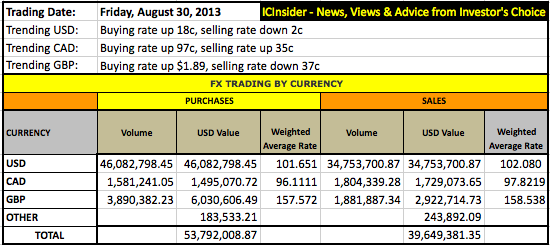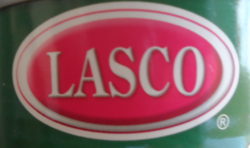Monday, 2nd September 2013 | Trading levels were very moderate on the first trading day of September with 1.7 million units changing hands valued at $11.4 million, making it one of the worse days for the market. The all Jamaica index dropped 1,051.58 to end down at 84,269.54 while the main market index slipped 597.66 to 84,442.25. The junior market index also fell by 9.17 to close at 783.25.
In today’s trading, 21 securities traded of which 4 advanced, 7 declined and 10 traded firm. The run up in the prices of some stocks on the last two trading days of August and the sharp fall on Monday suggest that some interested parties manipulated prices for portfolio purposes. With the objective achieved, prices have fallen back at the start of the new month.
Trades with reasonable volumes were Caribbean Cement with 269,030 to close at $2; National Commercial Bank 204,143 units at $18.5o, Sagicor Investments 83,382 to close at $16.60; Sagicor Life Jamaica 33,103 units closing at $8.16 and Scotia Group just 16,198 unit for the price rise to $21.45.
 Junior market trading was light with only 4 stocks trading and with only Jamaican Teas recording any volume to speak of with a million shares trading at $4.40 up 38 cents. Dolphin Cove traded 10,161 units and dropped to $8 at the close down 30 cents.
Junior market trading was light with only 4 stocks trading and with only Jamaican Teas recording any volume to speak of with a million shares trading at $4.40 up 38 cents. Dolphin Cove traded 10,161 units and dropped to $8 at the close down 30 cents.
IC bid-offer Indicator | At the end of trading, the Investor’s Choice bid-offer indicator shows that bids for 8 stocks were higher with 2 stocks having offers lower than their last selling price.



















